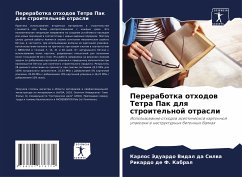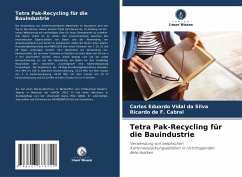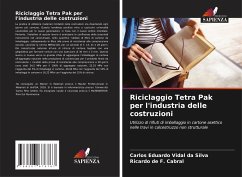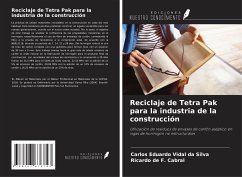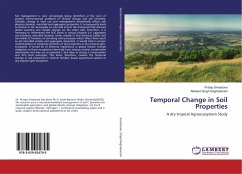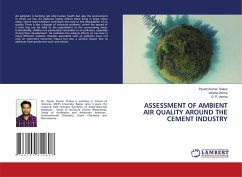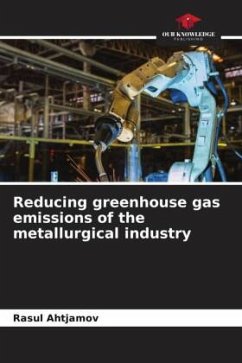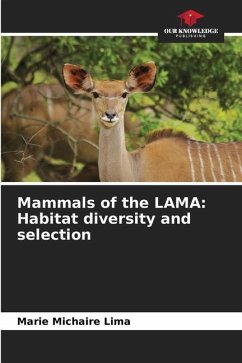
Tetra Pak recycling for the construction industry
Use of aseptic carton packaging waste in non-structural concrete beams
Versandkostenfrei!
Versandfertig in 6-10 Tagen
27,99 €
inkl. MwSt.

PAYBACK Punkte
14 °P sammeln!
The practice of using recyclable materials in construction is becoming more common every day. This positive trend aims to build a sustainable legacy for new generations, in line with the new world order. Therefore, the aim of this work is to analyse the confluence of mechanical properties in concrete, specifically the use of cardboard packaging fibre, by subjecting the fibre to the axial compressive strength test, according to NBR12118, over a period of 7, 14, 21 and 28 days. From natural concrete to the use of cartonboard strips cut with a guillotine to form strips with a thickness of 30mm x ...
The practice of using recyclable materials in construction is becoming more common every day. This positive trend aims to build a sustainable legacy for new generations, in line with the new world order. Therefore, the aim of this work is to analyse the confluence of mechanical properties in concrete, specifically the use of cardboard packaging fibre, by subjecting the fibre to the axial compressive strength test, according to NBR12118, over a period of 7, 14, 21 and 28 days. From natural concrete to the use of cartonboard strips cut with a guillotine to form strips with a thickness of 30mm x 3mm. This work is moving towards the great challenge of adding carton packaging to natural aggregate in the manufacture of concrete for the final construction product. The results of the 28-day compressive strength test were 24.5 MPa for 100% natural aggregate, 22.53 MPa with the addition of 5% carton packaging, 20.09 MPa with the addition of 10% carton packaging and 16.22 MPa with the addition of 15% strips.





